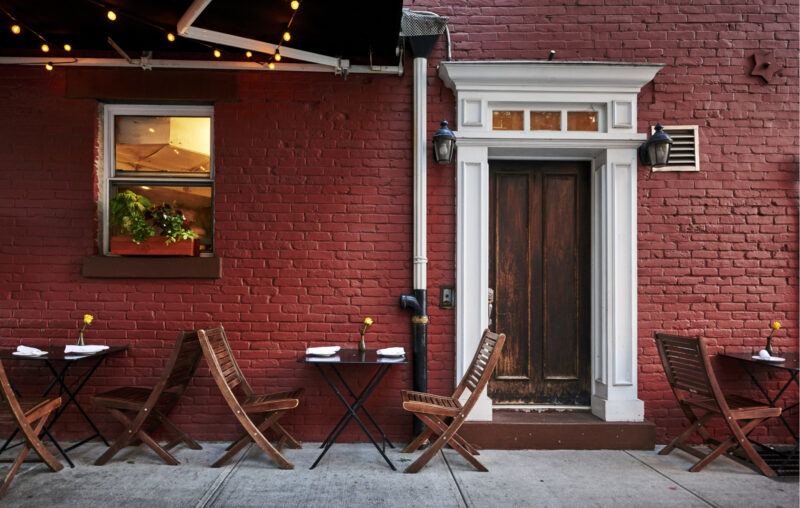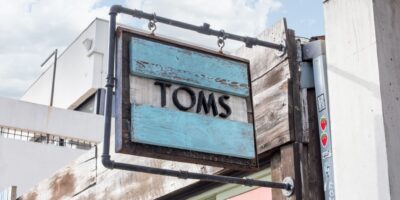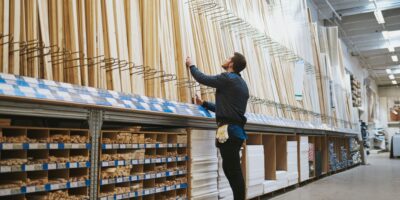The Empty Corona Chairs and the Spare Capacity Fallacy

If we have ventured outside our homes in these corona times, we might have seen that cafés and restaurants that remain open keep some seats and tables empty. Some have put up signs asking patrons not to use every table, while others ask its guests to keep an adjacent seat unoccupied or have altogether removed tables to create additional space. Even restrooms at airports or other public areas do this, closing every other stall or urinal. Some stores keep a strict limit on the number of people browsing for goods at any given time.
We can disagree with those decisions, object to them or even ridicule them, but many establishments across the world have still implemented them under various degrees of governmental duress. They raise a contentious economic point: are our economies suddenly inundated with spare capacity?
Spare capacity is this economic idea that gets lots of purchase on the left and among fringe economic schools of thought. It usually gets dusted off during recessions, propping up calls for government spending for this or that (emergency) project. When an economy is in recession, the story goes, lots of labor and capital goes unused – that’s almost by definition what a recession means. If a government can get those unused resources back to producing stuff, that’s a gain for everyone at essentially no economic (i.e. opportunity) cost, as those resources were previously taken out of use. On the other hand, overheating the economy with monetary or fiscal stimulus at the top of the business cycle usually just causes prices to skyrocket, meaning that additional spending ends up taking from Peter to pay Paul, with no aggregate benefit.
That’s not the case during recessions, according to the spare capacity argument. This seemingly harmless theoretical (and empirically pretty accurate) idea solves a major problem for left-leaning economists. For if our economy is below capacity – and all production of goods and services is merely some undifferentiated blub of “output” – any increase in spending through fiscal or monetary stimulus is a free lunch. We can, without downsides, increase economic activity, have higher employment, and higher incomes for the aggregate economy. We can have nice things.
This sounds too good to be true – mostly because it is.
On these pages last week, Nicolás Cachanosky and Will Luther responded to Robert Skidelsky’s thoroughly confused article at Project Syndicate about government innovation and its relation to spare capacity. Asserting that the so-called Crowding-Out theory (under certain circumstances, government spending merely replaces private spending at no aggregate gain to society) is simply wrong, Skidelsky rehashed Keynes’ old argument that government activity can “crowd in” more spending by spurring confidence and driving innovation.
In their rebuttal, Cachanosky and Luther explained how public sector actors have neither the information nor the incentives to act in ways that would improve economic matters. Skidelsky’s argument, they write, does not show what he thinks it shows: pointing out that firms in the real world operate at below-full capacity does not invalidate the conclusion that government spending can still have a crowding out effect.
They briefly mentioned an even more devastating case to the spare capacity idea: that public sector actors couldn’t raise the economy’s capacity utilization even if they wanted to.
All Owned Resources Do Something
Often, write Cachanosky and Luther (and cite a classic article by Armen Alchian), “Resources appearing to be idle are not actually idle.” Profit-seeking businesses don’t hold spare capacity for no reason: the unused capital goods are used for some purpose, which might not be the same purpose that ivory tower economists would command them.
Designating some objects as “idle” requires an observer to infer their purpose and overrule whatever its owner is currently using it for. “Idle” resources only become idle when an outsider doesn’t value (or understand) the purposes for which the resources’ owner is currently using them. Cars are prime examples, spending most of their time in an idle state – parked outside their owners’ house or their place of work. The service they provide, while unused, is to allow the owner the ability to drive whenever and wherever it suits her – not when it suits the Robert Skidelskys or Paul Krugmans of the world.
Another point is the common businessman experience of fluctuating demand over the course of a day, week, or year. If you’ve ever been to a bar, a gym, on a bus or plane, a restaurant or any other market activity you can think of, you quickly realize that most of the time those establishments run with plenty of spare capacity – only to ramp up production on a Friday night, holiday season or after-work rush at the gym. Producers keep spare capacity during downtimes in order to reap benefits during peak demands: If the costs of keeping resources “idle” is less than what’s made by revenues during peak demand, the resource is economically used – even though it is physically stationary and shut off.
In these corona times, we might have forgotten, but the managers and owners of those establishments most certainly have not.
Even if the private sector usually runs their operations at below capacity – per Skidelsky – it does not follow that government stimulus (whether fiscally or through the central bank) can increase that utilization. Especially not when that idleness is desired, as it seems to be what the corona experience shows us. With capacity-restricted cafés, restaurants, and public lavatories, it would seem that we suddenly have spare capacity to an extreme degree. Every second chair, table, and seat is literally kept unused!
Looking around at these corona-proofed tables and seats and toilets should have us retire the spare capacity myth – or else think that this sudden wave of underutilized “slack” in our economies is about to unleash an investment boom. To the naïve theory that spending governs the economy, the consumers’ financial demand for treadmills and coffees while large portions of installed capacity to produce them is (voluntarily) taken offline, should see new gyms and cafés spring up like mushrooms. After all, if businesses restricting capacity is binding, there is unsatisfied demand that should be channeled elsewhere.
The solution to the puzzle lays in looking at business practices as value creation. These empty chairs and tables, while unused, do produce value – for consumers and for businesses, if only in corona assurances or marketing (“See, we follow the guidelines!”). They create a buffer zone between people, a barrier between us and others in a world that suddenly found itself in thrall to barriers. While we can disapprove of what other people value, what matters economically is that they value something – and right now lots of people value additional space. That means that empty chairs and seats are not unused, even when unoccupied.
Under normal circumstances, the clearest example to me that the spare capacity argument has very little merit was always athletic stadiums. These gigantic constructions, capable of holding tens or hundreds of thousands of visitors in attendance, are ordinarily only used for a few hours a week, and only some weeks of the year. These days, stadiums echo eerily as spectators to sports events have been relegated to streaming services.
As capital goods, stadiums usually earn back their heavy maintenance and construction costs a few hours at a time, but have in corona times become nothing but cost centers. Despite a capacity utilization of around 0%, no stimulus spending in the world could increase its use. Capacity utilization is thus irrelevant. Unless government stimulus can create other sports that people want to watch, new leagues for more players to play, or additional Champions Leagues and Stanley Cups, their capacity usage will remain low – zero, even, for as long as corona restrictions remain in place.
If there were ever any virtue to the spare capacity argument, it applied for manufacturing identical products for a large foreign market able to swallow whatever was produced. For any kind of service, the argument fits very poorly. The more the world economy moves towards value creation through services, the less sense does the spare capacity argument make.
Business responses to corona have shown us that unused items – from chairs and tables to urinals – still have value; they are still in use, even when nobody seems to be occupying them. Most importantly, government spending has little ability to raise that utilization. For this age-old economic fallacy, free lunches remain elusive.










